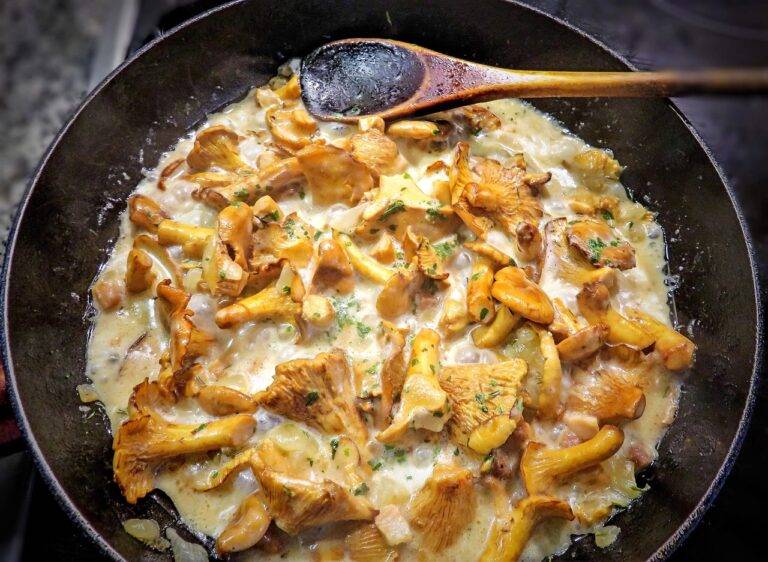Exploring the Unique Flavors of Different Regions
Europe boasts a rich tapestry of culinary traditions, each region offering a unique flavor profile that reflects its cultural heritage and geographic location. From the hearty stews of Central Europe to the exquisite pastries of Western Europe, the continent is a culinary paradise for food enthusiasts. The Mediterranean region is renowned for its use of olive oil, fresh seafood, and aromatic herbs, creating dishes that are both vibrant and healthy.
Moving towards Northern Europe, countries like Denmark and Sweden embrace the simplicity of fresh and local ingredients, highlighting the natural flavors in their dishes. The use of pickled vegetables and smoked fish are prevalent in this region, adding a distinctive tanginess and smokiness to their cuisine. Eastern Europe is known for its comfort food, with dishes like pierogies in Poland and borscht in Ukraine, showcasing a blend of flavors that are hearty and satisfying.
Distinctive Flavors of Asian Cuisine
Asian cuisine is renowned for its diverse range of flavors that tantalize the taste buds. From the umami richness of soy sauce to the fiery heat of chili peppers, each dish offers a unique sensory experience that reflects the rich culinary history of the region. Meals are often characterized by the delicate balance of sweet, salty, sour, and spicy notes, creating a harmonious symphony of flavors that keep diners coming back for more.
The use of aromatic herbs and spices such as ginger, lemongrass, and coriander is prevalent in Asian cooking, adding depth and complexity to each dish. These fragrant ingredients not only infuse the food with distinctive flavors but also contribute to the overall sensory appeal of the meal. Additionally, the meticulous attention to detail in food preparation, such as precise knife skills and cooking techniques, further enhances the flavors of Asian cuisine, elevating it to a truly unforgettable culinary experience.
Traditional Ingredients in Latin American Dishes
Corn, beans, and chilies are staples in Latin American cuisine, reflecting the region’s rich agricultural traditions and indigenous heritage. Corn, in particular, holds significant cultural importance and is used in various forms such as tortillas, tamales, and corn-based beverages like atole. Beans are a versatile ingredient in Latin American dishes, offering a good source of protein, and are commonly found in dishes like frijoles refritos and feijoada.
Another key ingredient in Latin American cuisine is achiote, a spice derived from the seeds of the annatto tree, which imparts a vibrant red color and earthy flavor to dishes. Achiote is often used in marinades, stews, and as a rub for meats and fish. Its distinct taste and color make it a recognizable element in Latin American cooking, adding depth and complexity to the flavors of traditional dishes.





